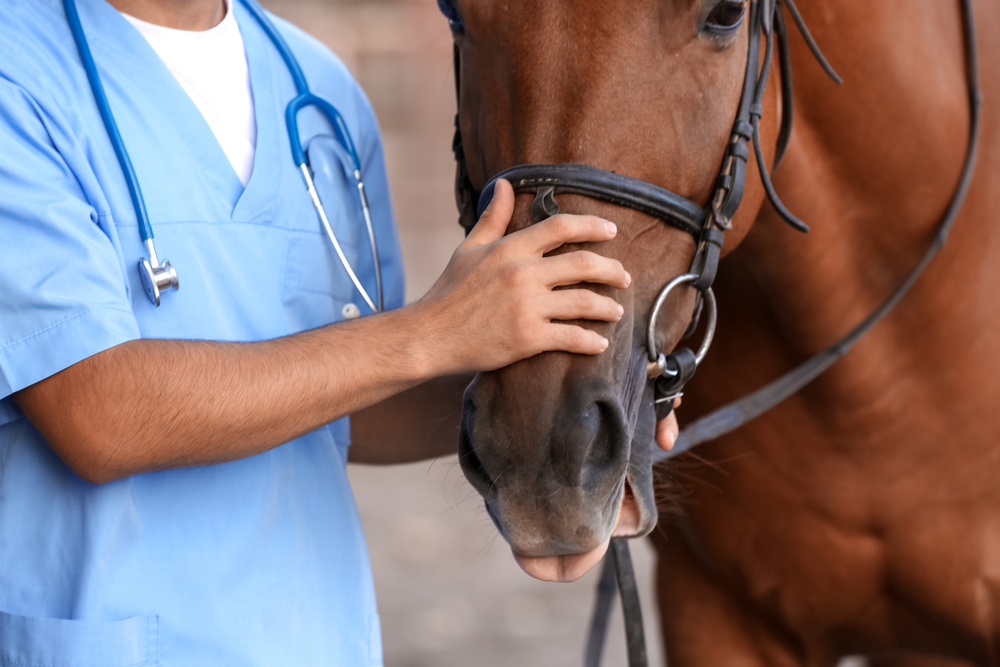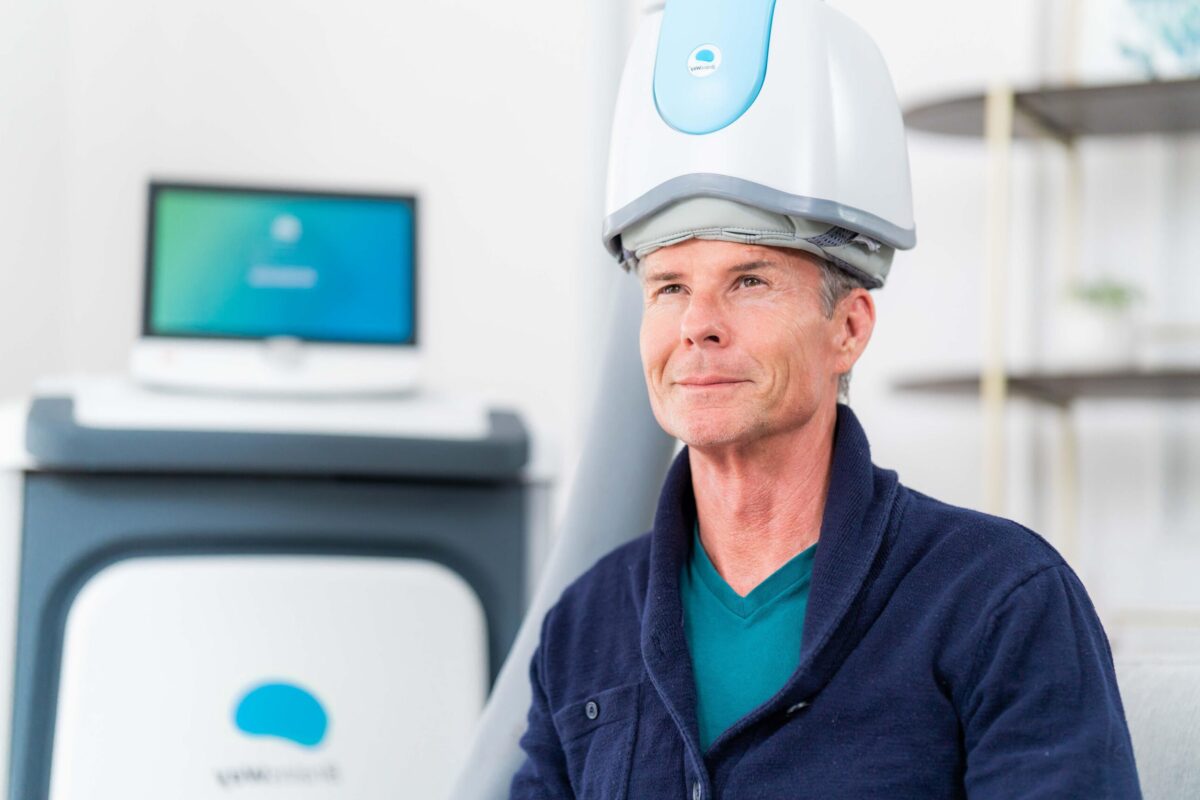Denver’s Leading Concussion Rehab Clinic
With the start of the school year underway for many districts across Colorado comes the start of fall sports and the prevalence of concussion-related injuries.
“My vision was so messed up. I was scared kind of,” said 16-year-old Jayden Martinez.
It was last August when Martinez experienced the second concussion of his life. Feeling dizzy and sensitive to the light after multiple hits during football practice for Flatirons Academy, he chose to continue playing the next day in one of the first games of the year. However, several more hits on the field became too much for the middle linebacker.
“I came out of it, and I told my mom, “Mom my vision is kind of messed up, I can’t really read the stuff on her dashboard in the car,” said Martinez.
“We look at the inflammatory process that’s happening as well, the metabolic cascade that is resultant of the physical injury, all the way to any hormonal changes that we’re having because of that head injury,” he said. “If they’re coming in with headaches, we’re going to do more things based on autonomic control, blood flow, and how well you’re interacting with your environment.”
Like experts in sports medicine at Children’s, DeBeer has been following this newer way of treating concussions through light physical activity for a while but hopes more health care facilities consider adopting the same approach.
“Even as soon as potentially the first 24 to 48 hours from injury, physical activity may be beneficial,” said Howell. “Doing something that’s not going to push yourself to where your symptoms start to get worse and you feel worse afterwards, but not sitting on the couch and doing nothing.”
Dr. Julie Wilson, who works in the Sports Medicine Center at Children’s Hospital Colorado, says the approach to how much physical activity a person with a concussion may need can vary.
“I will often give them a heart rate zone to be in to give them kind of a safe level of intensity that they can follow, so again they’re not provoking a significant level of symptoms,” said Wilson. “If you don’t have access to a heart rate monitor or someone who can do that prescription for you, I think it’s also okay to have your treating provider tell you, ‘I want you to try to incorporate about 20 to 30 minutes of physical activity on a daily basis as a place to start at the level of intensity that doesn’t make your symptoms increase more than a small amount’. So, one or two points on a 10-point scale, and that brief increase in symptoms should last no more than an hour.”
However, this does not mean athletes can simply return to playing their sport as they were before the concussion, at least not right away.





